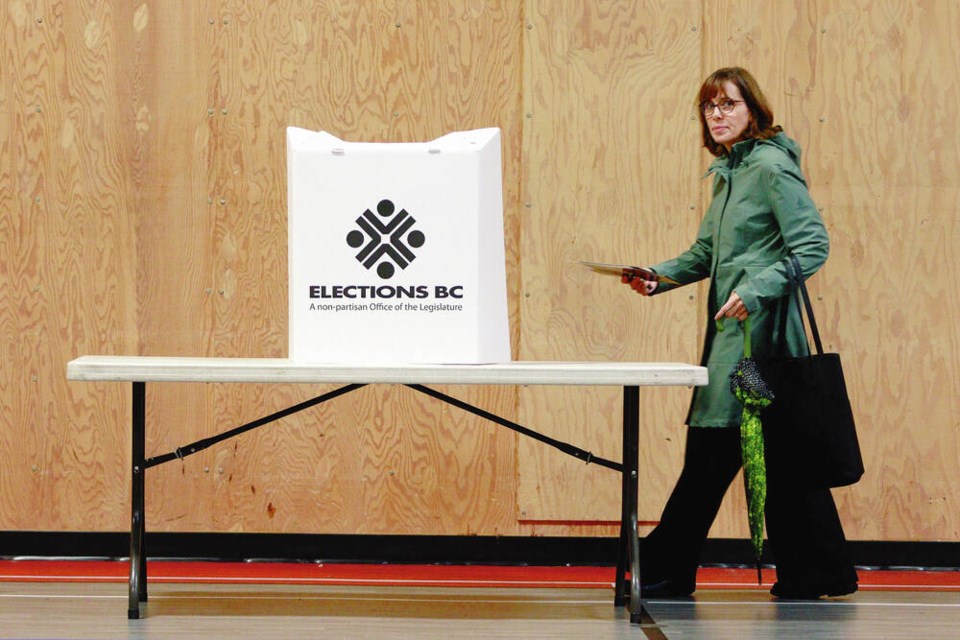Premier David Eby and Conservative Leader John Rustad both face challenges in the wake of last month’s election.
Eby has to start delivering on his numerous promises, and Rustad has to teach his caucus the basics of civil discourse.
But what lies ahead for Green Party Leader Sonia Furstenau?
As things stand, it appears the Greens may hold a balancing position.
Eby’s NDP have 47 seats, Rustad’s Conservatives 44, and the Greens two. But one of those NDP members will have to assume the Speaker’s chair, leaving Eby’s party in a tie with the Conservatives and Greens combined.
It might have been different. Furstenau had been elected twice before in Cowichan Valley. It’s quite likely she would have made it three in a row had she remained there.
And that would have reduced the NDP to a minority position.
But Furstenau decided to move to Victoria, for family reasons. And there, in the Victoria-Beacon Hill riding, she lost decisively to the NDP’s Grace Lore, who chalked up 12,715 votes to Furstenau’s 9,027.
Even so, the Greens will have considerable influence over Eby’s NDP once the legislature resumes sitting.
And that poses an essential question for Furstenau.
She has no seat in the House, and none are likely to be winnable in future if she remains wedded to running in Victoria. Both Victoria seats were comfortably held by the NDP.
What, then, are her options? It’s conceivable that one of the two Greens who won seats, Rob Botterell in Saanich North and the Islands and Jeremy Valeriote in West Vancouver-Sea to Sky, might step down and let Furstenau run there. There is a precedent for sitting members to stand aside and let a leader run in their place.
But neither Botterell nor Valeriote has made such an offer, and with Furstenau tied to Victoria, it seems unlikely such an option would work for her.
Alternately, she could surrender the leadership and let one of the two sitting members take over.
This also appears unlikely. Furstenau has said firmly she intends to remain party leader.
There are precedents.
In 2017, NDP Jagmeet Singh became leader of the federal NDP without a seat in the House of Commons.
John Turner rose to the leadership of the federal Liberal party in 1984 while he had no seat in the House.
And at the provincial level, Christy Clark became leader of the ÎÚÑ»´«Ã½ Liberal party in 2011 with no seat in the legislature.
Yet these “precedents” are weak.
All three leaders went on to win election in their own right after taking over.
There seems little prospect of this happening for Furstenau. What, then, should she do?
In the days ahead, whatever contribution the Greens have to offer will be made in the legislature. That’s where the drama will play out, and that’s where the Green vote will count.
Against this there is the possibility that whatever strategy Furstenau might wish to pursue may not coincide with the views of her two sitting members.
A delicate balancing act lies ahead for the Greens.
They must decide, on a day-to-day basis, which NDP policies they will support and which they will oppose.
The weight of those choices, some of which will be contentious, must fall primarily on the two sitting members. On their heads, not Furstenau’s, will fall whatever backlash their votes may provoke with party stalwarts.
For that reason, Furstenau must face reality.
The time has come to step aside, and let the party move on.
>>> To comment on this article, write a letter to the editor: [email protected]



